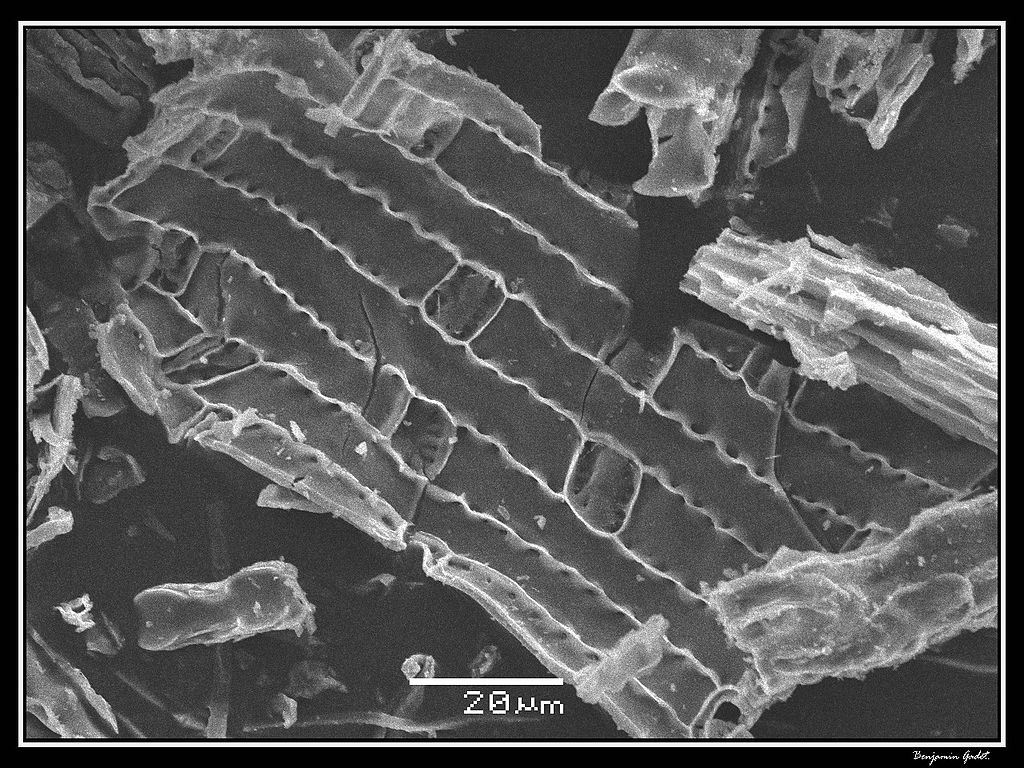Listen to Episode 38 on PodBean, Spotify, YouTube, or your favorite podcast source!
In this episode, we are joined by our friend Aly Baumgartner, who tells us all about one of the world’s most successful – and influential – groups of plants, including how they’ve evolved, spread, and changed the world. Our very first plant-dedicated topic: Grass!
In the news
A very strange fish from a very ancient reef.
Throat bones reveal that birds and pterosaurs share very complex tongues.
An ancient gibbon skull might point to the first human-caused primate extinction.
Tiny finger bones hint at the evolutionary history of the primate “grooming claw.”
The Many Faces of Grass
Grass is a diverse group of weedy, flowering plants that happen to be among the most successful plants in Earth history. Across the world today, there is a huge variety of grasses; some are rare and inconspicuous, others have been domesticated into most of our favorite agricultural crops, and still others are extremely common as the dominant vegetation in the world’s grasslands and savannas.

Part of the success of grass can be attributed to this group’s varied styles of photosynthesis. Many grasses, particularly in cooler climates, use “standard” C3-photosynthesis, the same as most plants. But in warmer and drier regions, many grasses can instead use C4-photosynthesis, a version that moves part of the process deeper into the leaf, allowing the plant to hold onto water more efficiently. (Learn more about styles of photosynthesis here.)

A Brief History of Grass
Grass leaves don’t fossilize very well, but the fossil record of grass is littered with phytoliths (small bits of silicified tissue – “plant sand”) and pollen, as well as the remains of a particular grass-linked soil type called mollisol. The very earliest remains are known from the Cretaceous Period, and grasses seem to have first evolved among the southern continents, at that time combined into the landmass of Gondwana. By the end of the Mesozoic Era (~66 million years ago), early grasses were spread across at least a few continents, but remained rare.

But it’s in the Neogene, starting around 25 million years ago, as the continents take their modern positions and global climate gradually cools down, that grasses truly take off. One by one, continents around the planet are overtaken by the first true grasslands. This marks a huge shift in world biomes – we see diversification in grazing mammals and other animals that take advantage of these new habitats, and even the evolution of our own human lineage is linked to the spread of grasslands.
More Info
Learn more about the evolution of grass (and other plants) in this series on Earth Archives.
Here are a couple of news articles about some of the earliest fossil evidence of grass, from specimens of amber and dino poop.
Also, you can – and totally should – follow Aly on Twitter!
—
If you enjoyed this topic and want more like it, check out these related episodes:
- Episode 57 – The Evolution of Flowering Plants (Angiosperms)
- Episode 115 – Biomes
- Episode 73 – Trees
We also invite you to follow us on Twitter, Facebook, or Instagram, buy merch at our Zazzle store, join our Discord server, or consider supporting us with a one-time PayPal donation or on Patreon to get bonus recordings and other goodies!
Please feel free to contact us with comments, questions, or topic suggestions, and to rate and review us on iTunes!
Just started listening to the podcast and I loved this episode. I’m going back now and catching up. You guys (and Aly) do a great job overall.
LikeLike
Thanks, Kegen! Enjoy catching up!
LikeLike